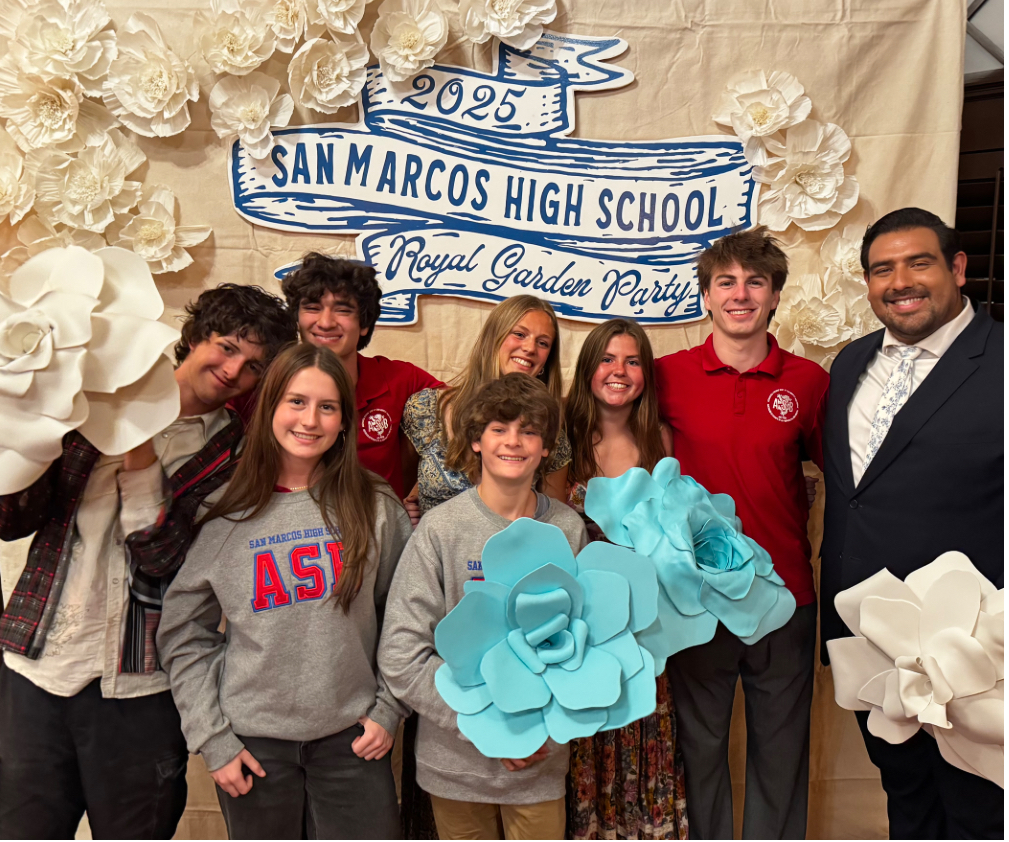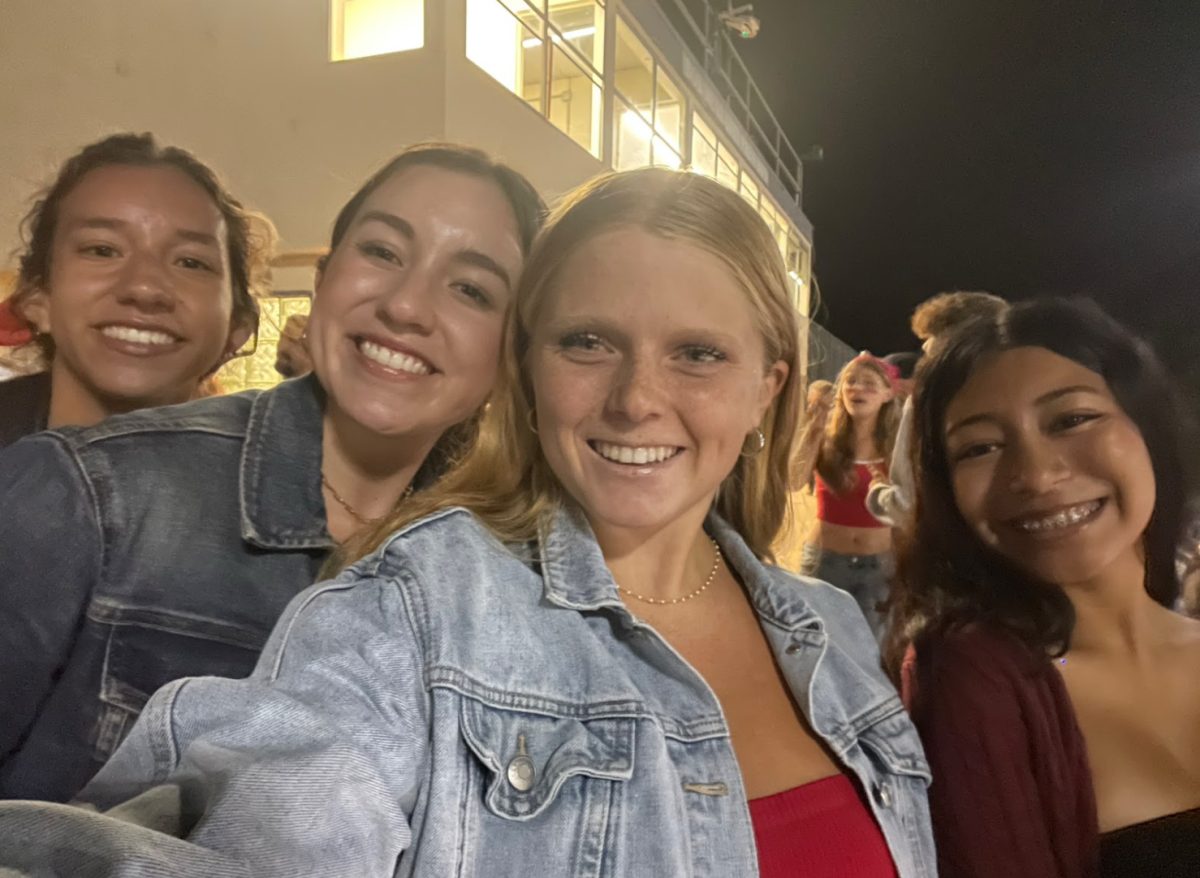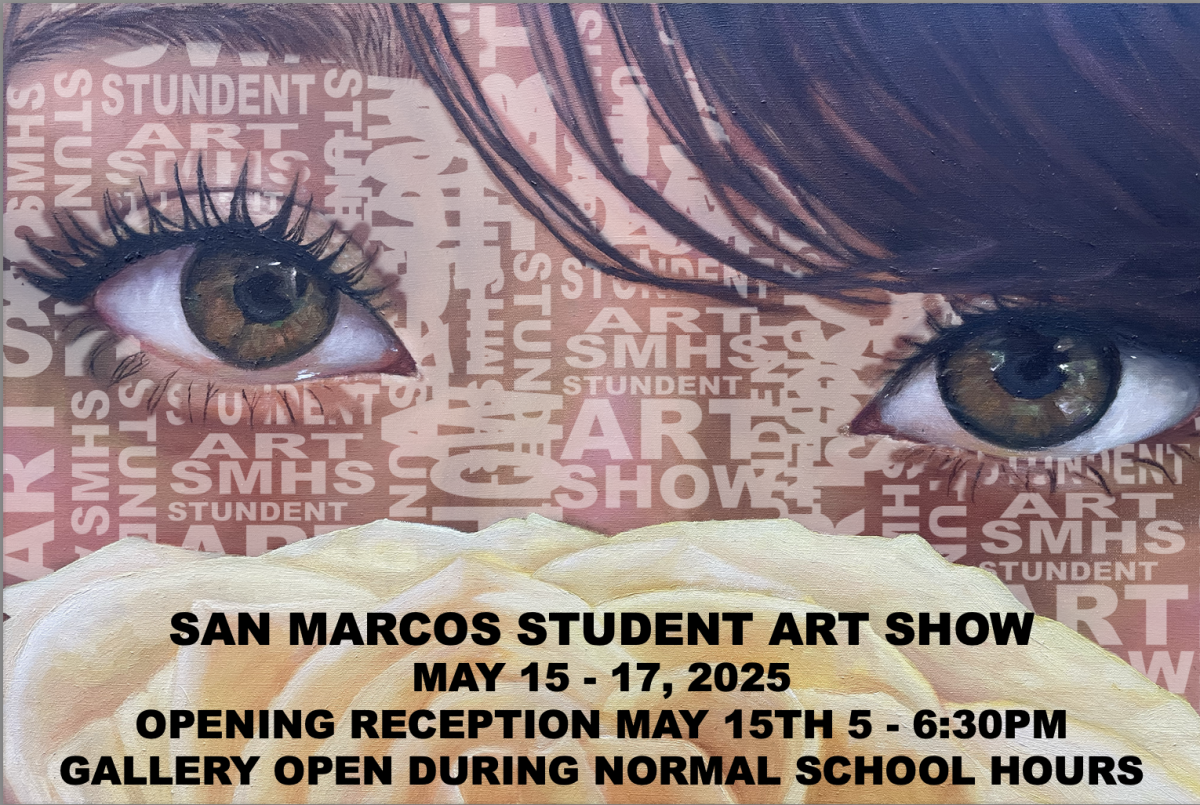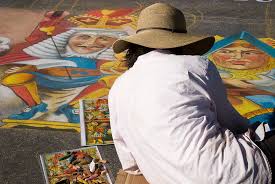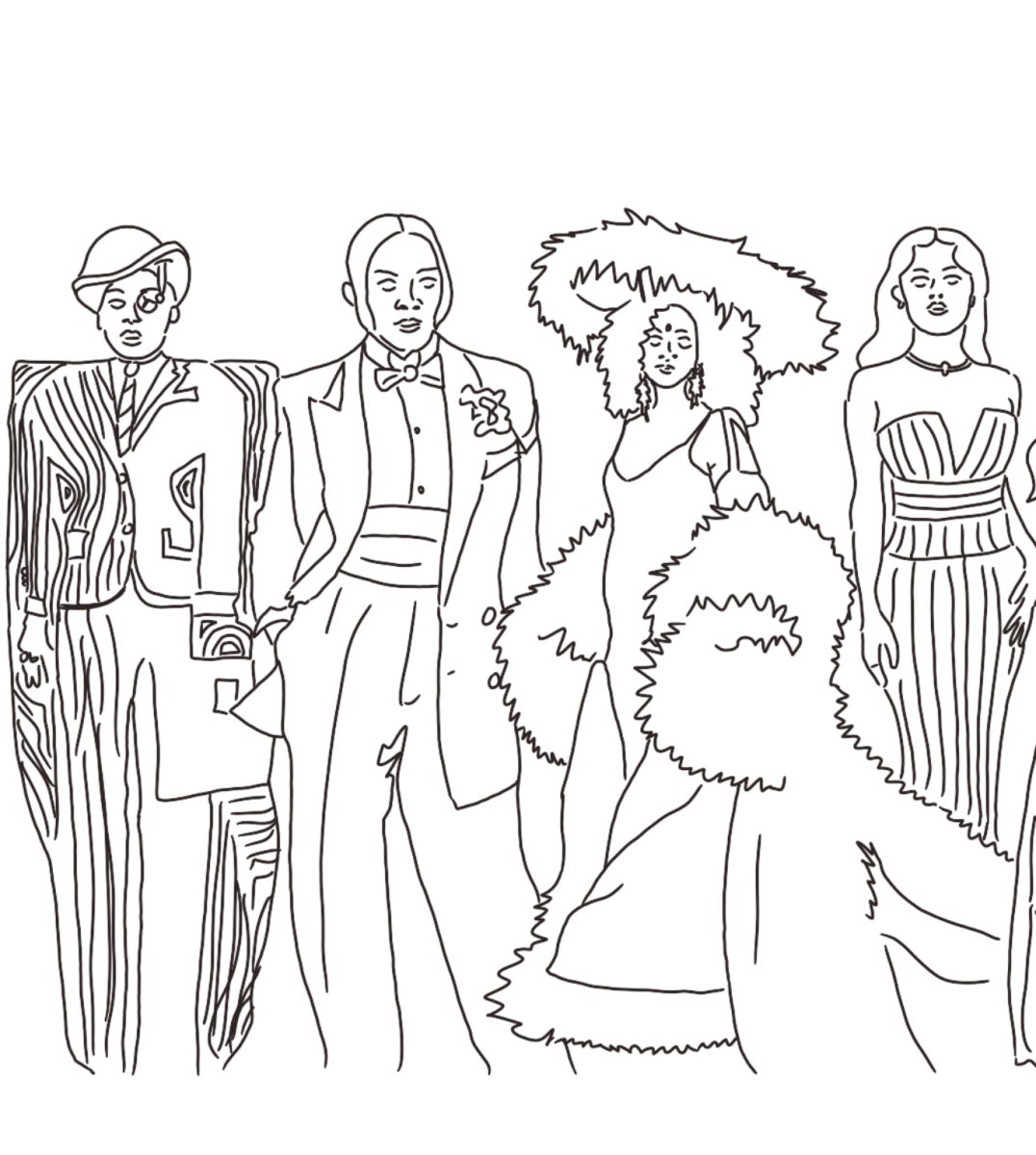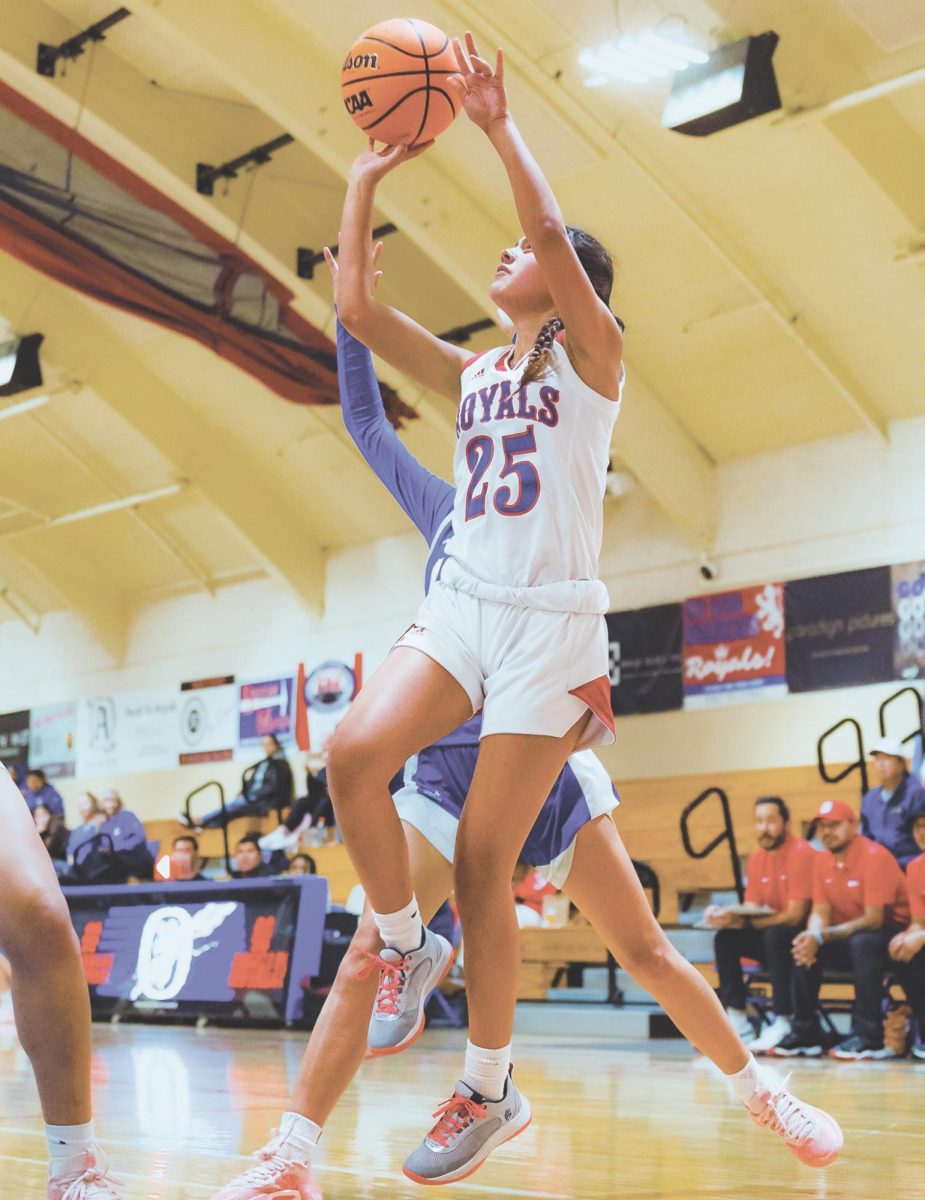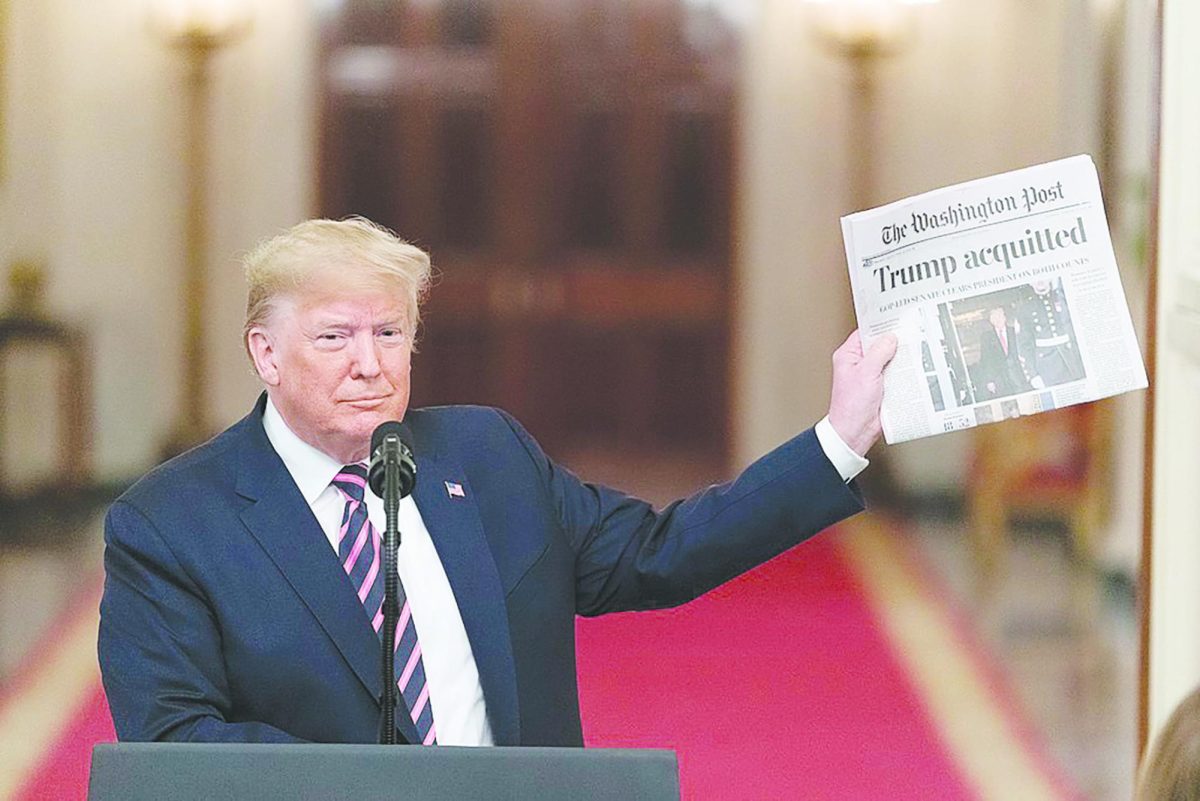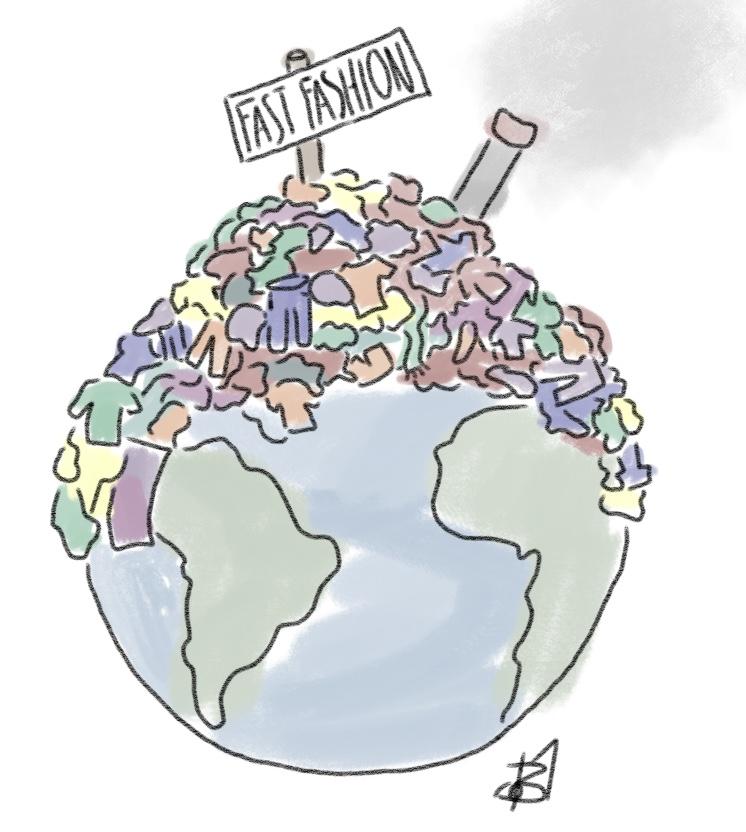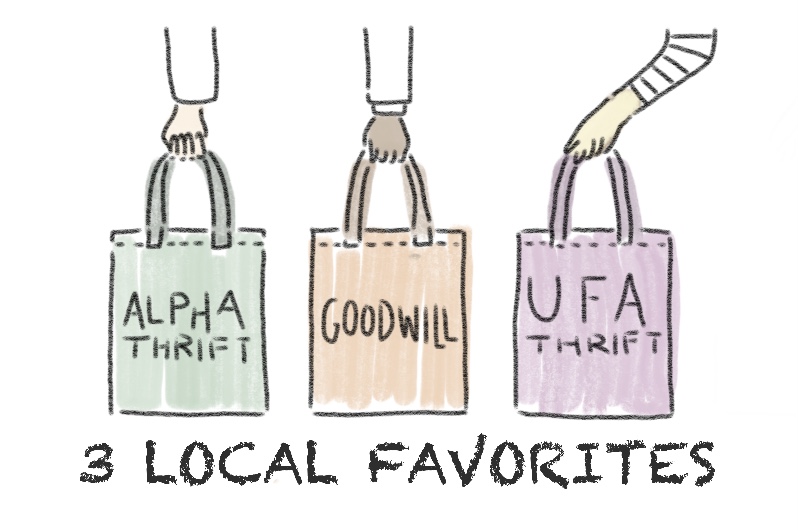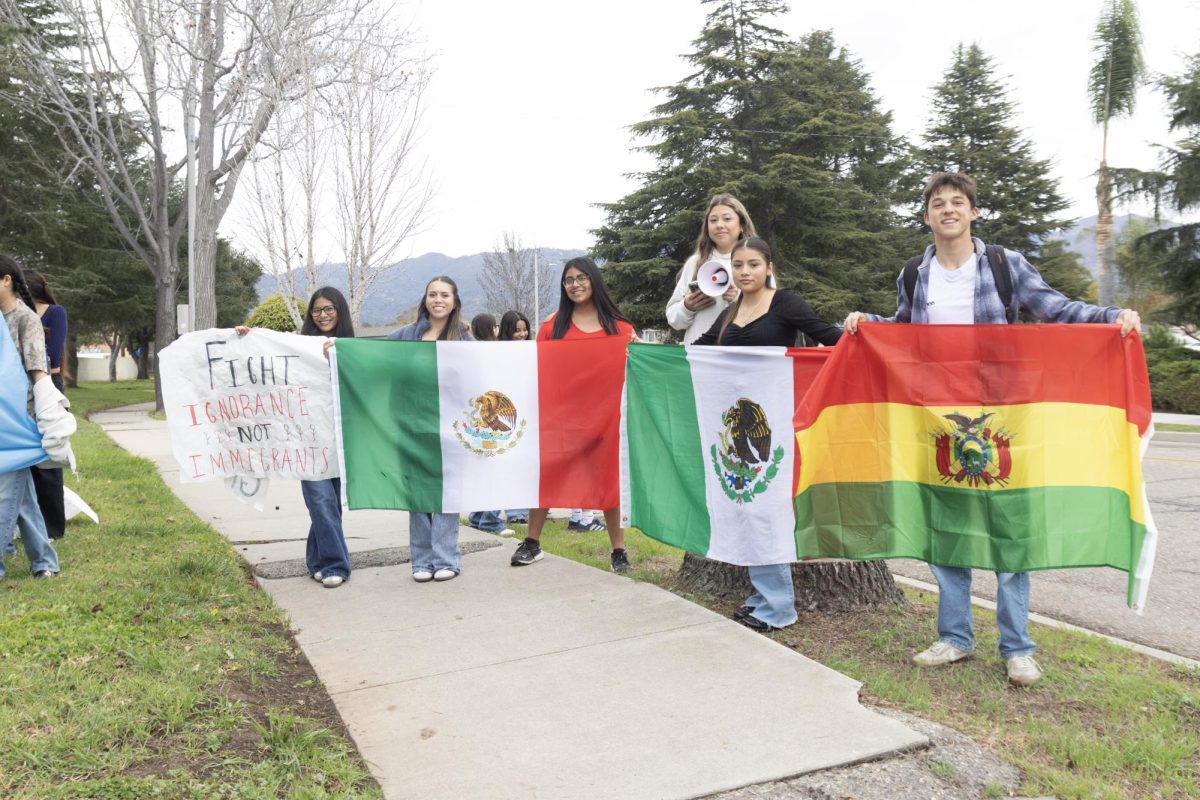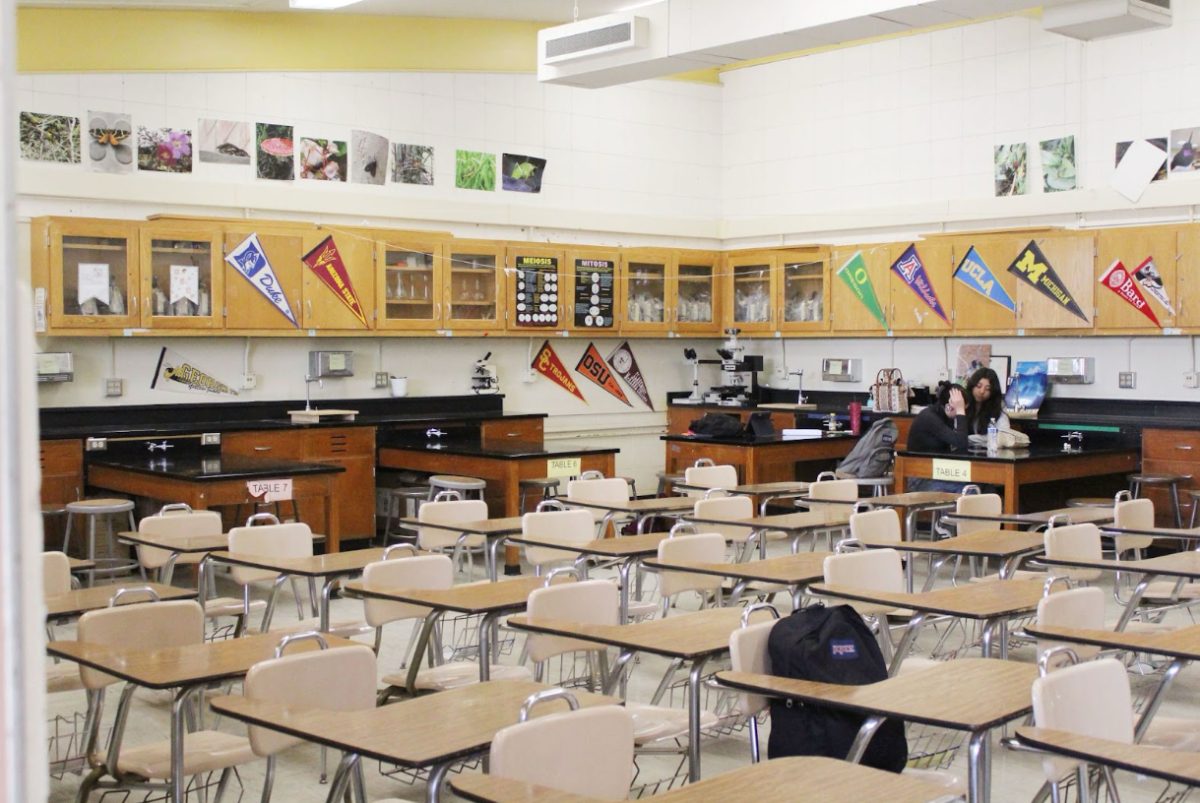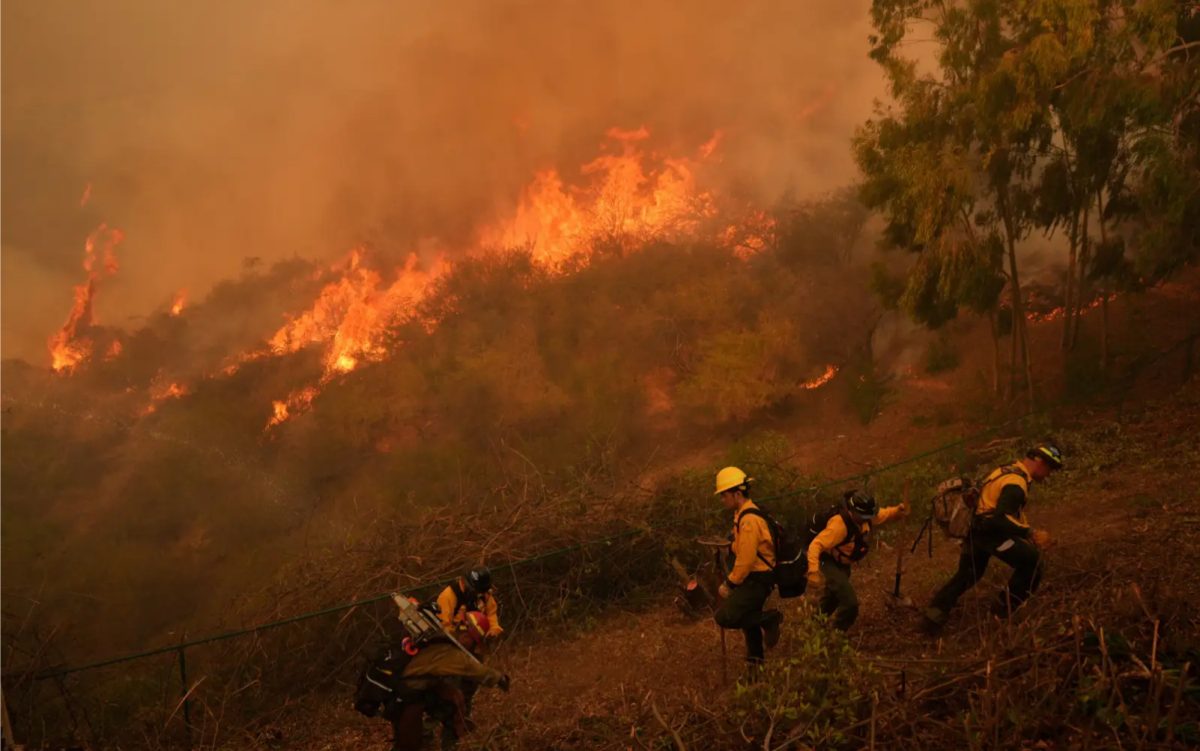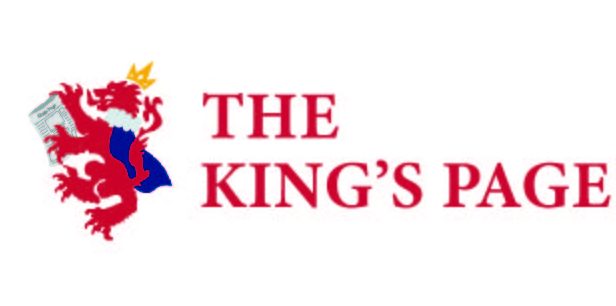Thrifting comes in many different shapes and forms, impacting communities in a plethora of different ways. In Santa Barbara, the thrifting scene is founded upon the premise of shopping sustainably along with lower, more affordable prices for all to enjoy. However, the importance of thrifting goes beyond affordable prices and one-of-a-kind pieces, it lies within sustainable shopping and the increasing troubles surrounding fast fashion across the globe.
With awareness levels of carbon emissions on the rise, it is important to remember the little things you can do to help save the planet. A way you can help is with sustainable shopping. Although thrifting may be more popular and “trendy” than ever before, clothes are constantly being donated, so any worries or guilt you might have are all in the mind. Thrift stores deal with huge amounts of donations with racks and bins full to the brim every day. And ultimately unwanted clothing gets tossed into the landfill, negating one of the major ways to shop sustainably. According to the EPA (Environmental Protection Agency), Americans generate up to 16 million tons of clothing/textile waste every year. So shopping eco-friendly and stopping clothes from ending up in landfills is making a serious dent in waste.
In the past few years, thrifting both in stores and digitally has exploded in the eyes of younger generations due to recent fashion trends and rising popularity displayed in social media. However, some have yet to understand the impact of shopping from unsustainable fast fashion brands like Shein or Forever 21. If you have the money to support corrupt companies of cheap clothes just to follow the trends, you can afford second-hand shopping. And if it is simply impossible to give up shopping from these sorts of brands, you could try searching for these brands at the thrift store or try using platforms such as ThredUp or Depop.
The students of San Marcos are no different, quickly hopping on the secondhand shopping cart. An incredible amount of students of all grades and circles now spend their weekends at the thrift store, shopping with friends. From freshmen to seniors, it seems everyone has begun to participate in the rising popularity of shopping eco-friendly. San Marcos has its very own fashion club dedicated not only to keeping up with the trends and helping teens who are interested in fashion, but also fast fashion and its effects. The club even went as far as to collaborate with FIDM, a college that focuses on fashion and design. “Shopping sustainably and secondhand is incredibly important in today’s times,” said Olivia Marceda, a sophomore, and the president of the FIDM fashion club. “Especially because clothing is reusable and waste is plentiful, we should be using our resources and trying our best to make a change in the fashion industry,” she continued. Even students who are not involved in the fashion club have strong views on the importance of secondhand clothing. “Along with the sustainable benefits, you can also find unique and affordable pieces,” said sophomore Kiala Haas, a frequent thrift shopper.
Whether it’s through the internet or in person, shopping to express yourself doesn’t have to hurt the environment. Luckily, Santa Barbara fosters the increased popularity of thrifting for those who want to buy secondhand clothing, along with those that need to. Ultimately, thrifting is one of the best ways to easily help prevent further carbon emissions without even trying. And overall, the sustainability of every secondhand purchase makes all the difference.


